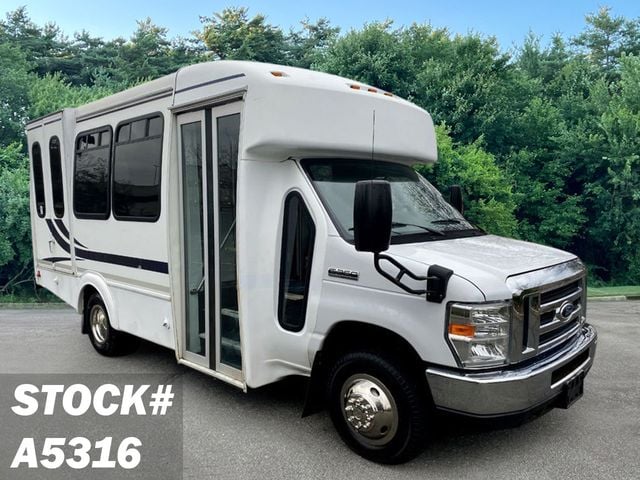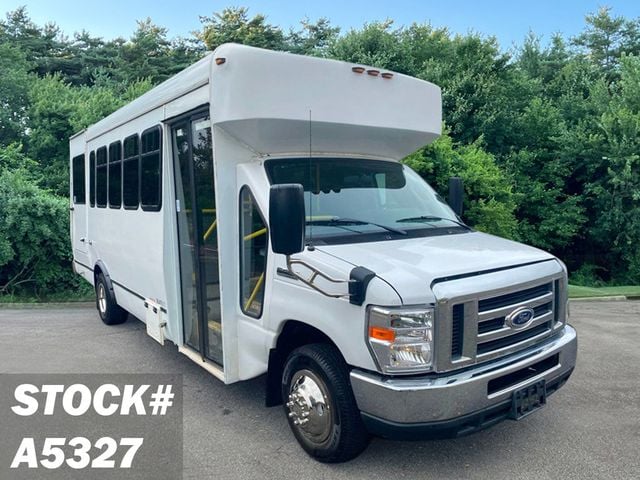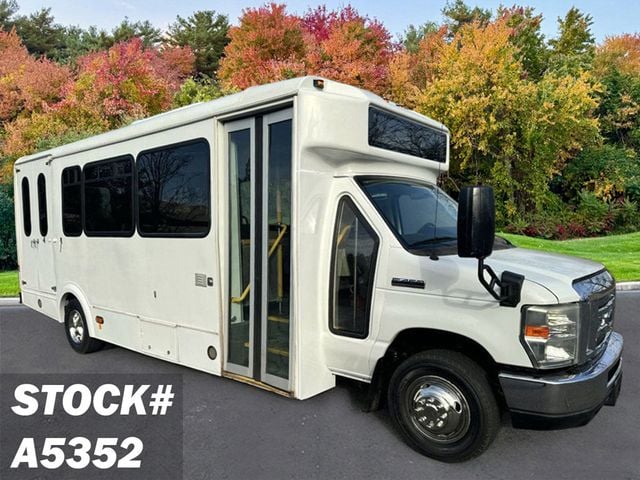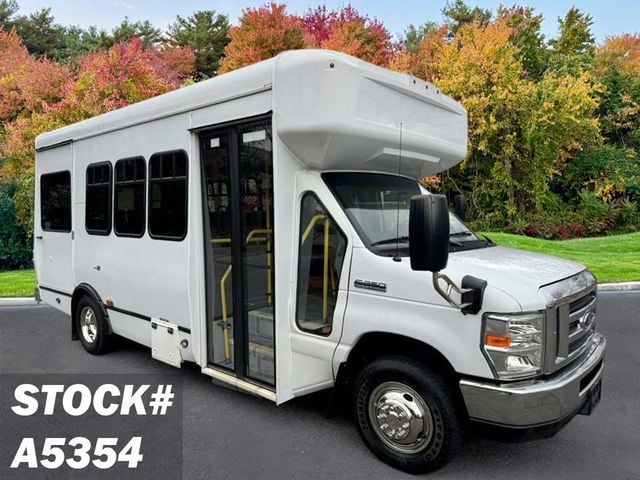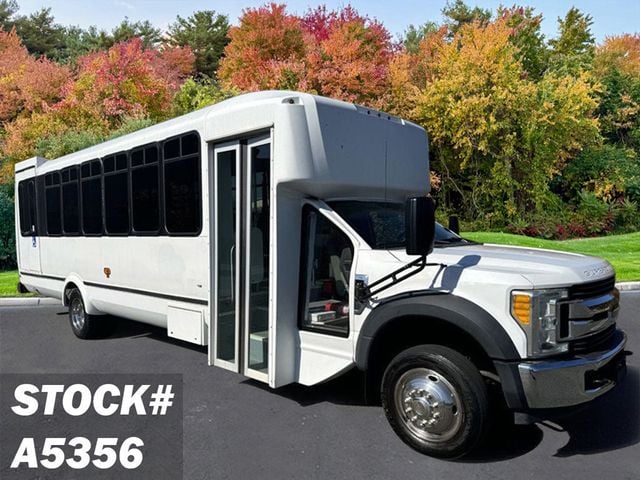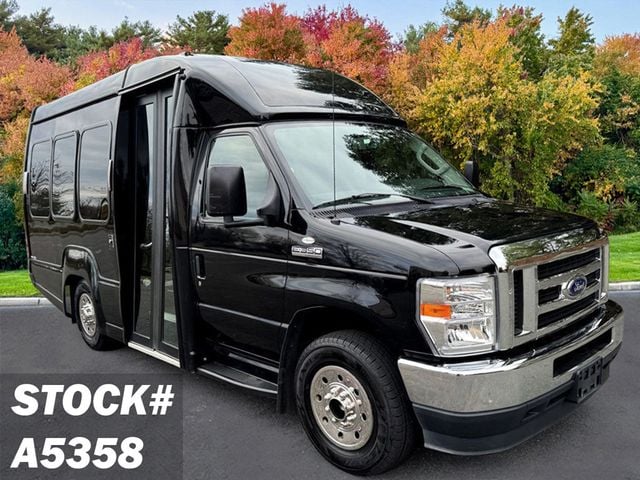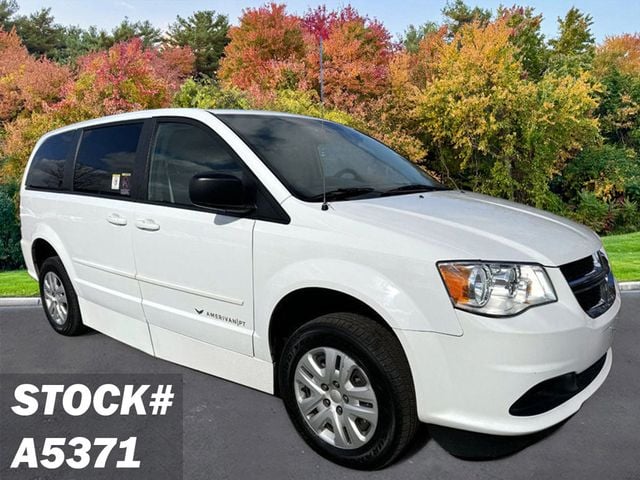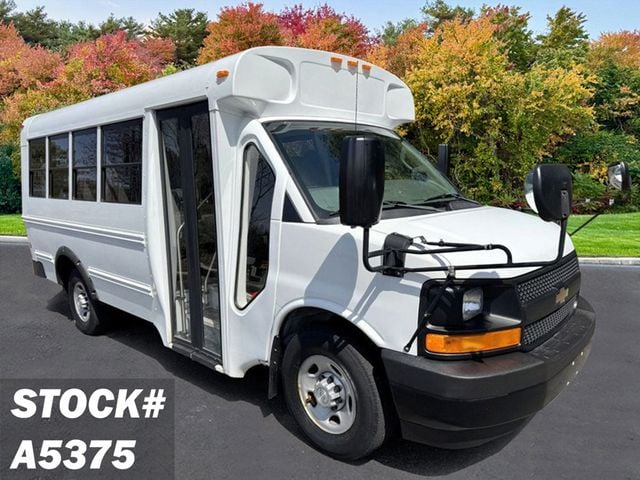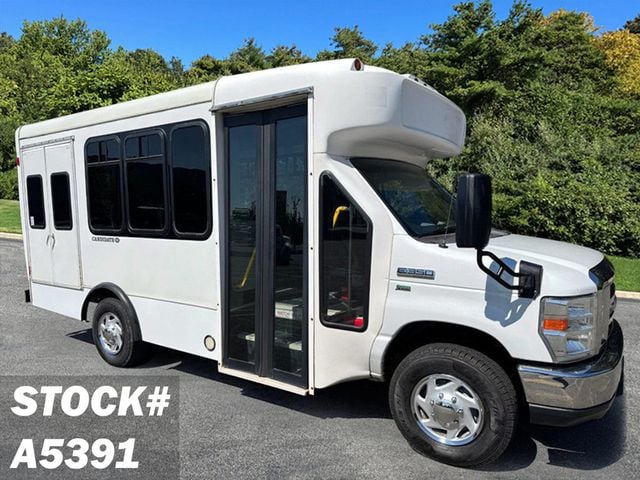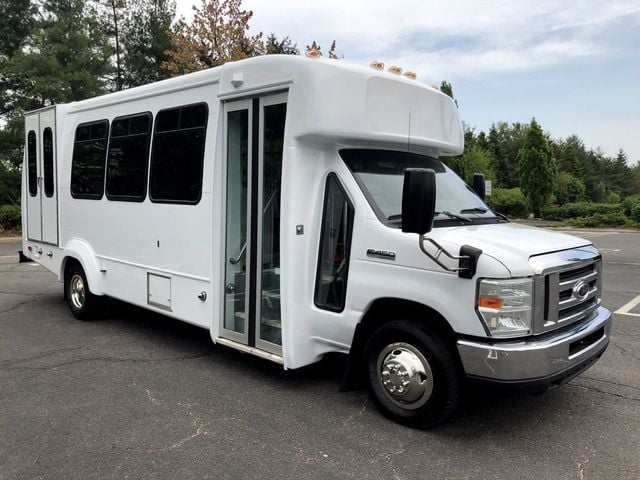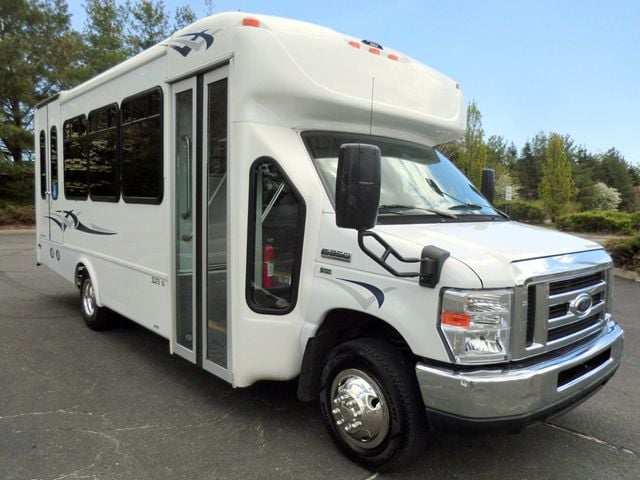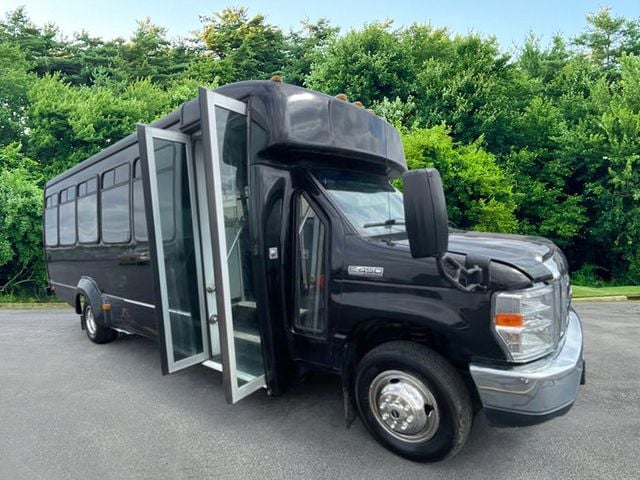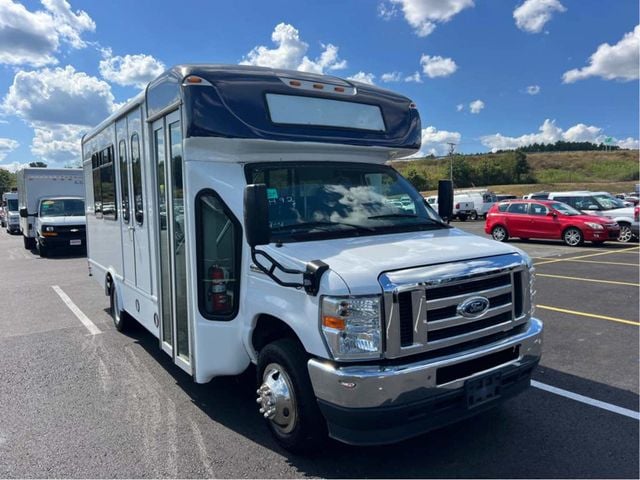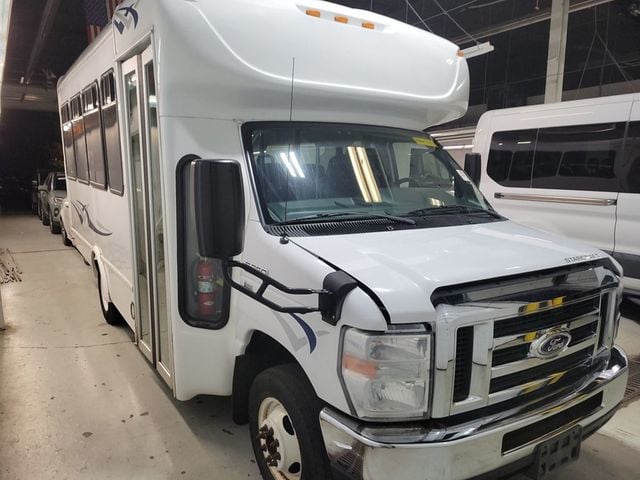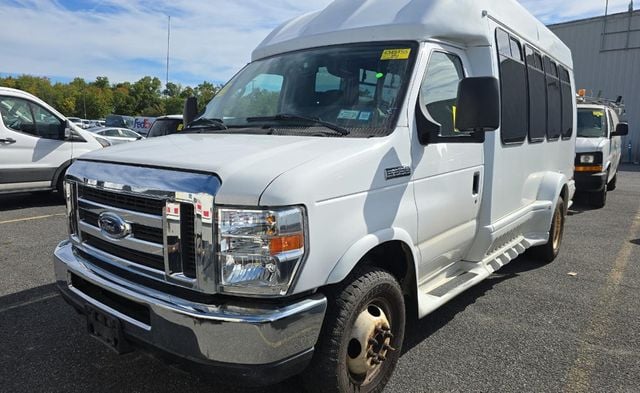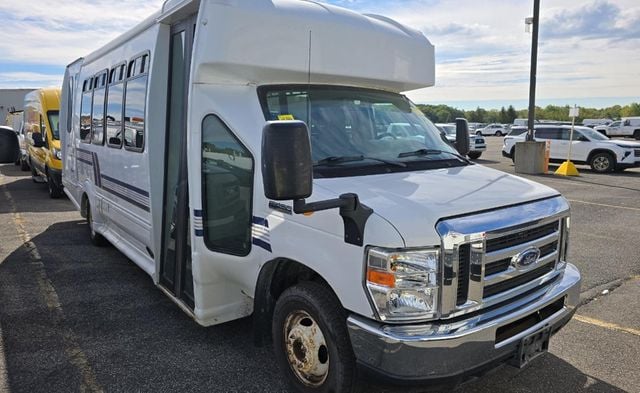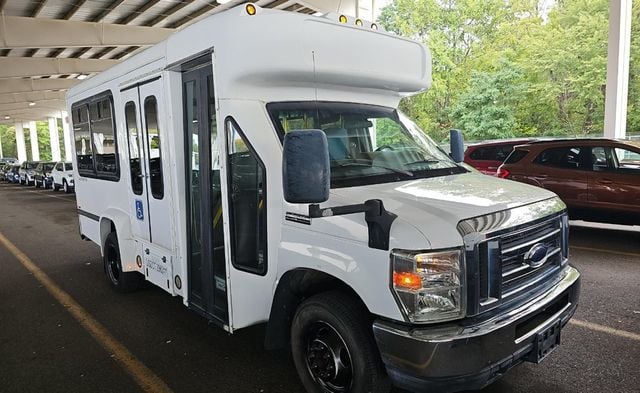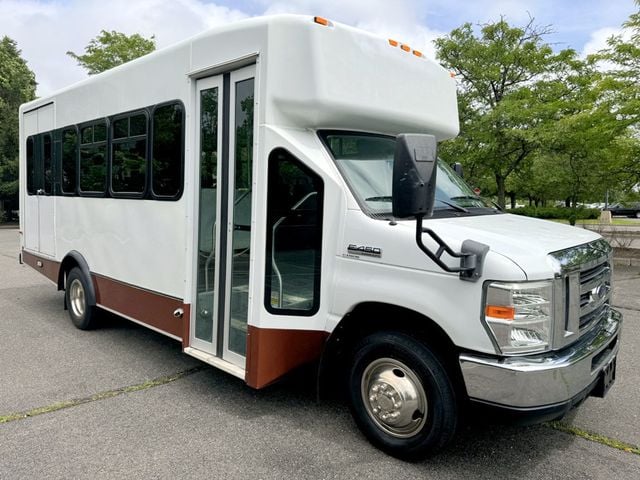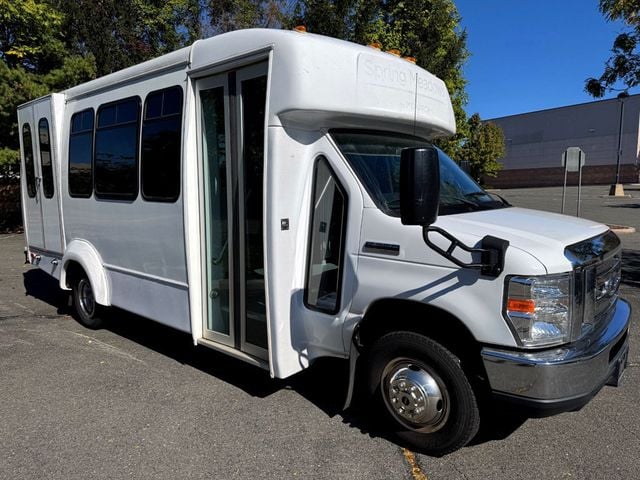Buying a wheelchair accessible bus is about much more than checking mileage or engine condition. Whether you’re a senior center, church group, paratransit provider, or adult day care, the right bus keeps your passengers safe, comfortable, and compliant with ADA standards.
This practical checklist will help you evaluate any used wheelchair bus for sale so you buy with confidence.
Start with the Wheelchair Lift
This is the heart of any accessible shuttle. Never buy a wheelchair bus without a detailed lift inspection.
What to check:
● Operate the lift through multiple up/down and stow/deploy cycles
● Listen for any grinding, squealing, or unusual noises
● Movement should always be smooth and steady both ways
● Make sure an emergency manual jack or hand crank is present and working
● Inspect for rust, damage, or misalignment on the platform
● Hydraulic lines and pistons should be leak-free, secure, and show no excessive wear
● All mounting and support points should feel solid and be free of corrosion
● Barriers, handrails, and fold-out safety features must be fully functional
● Weight capacity rating should be clearly marked (and visible to riders)
Securement Systems
Buses carrying wheelchair passengers must use ADA-compliant, industry-certified securement systems:
● Four (sometimes five) point tie-downs per wheelchair position
● Retractable straps are best for speed and safety
● No frayed or damaged hardware
● Proper anchor points verified to industry standards
Some states require annual inspection or re-certification—ask to see records or proof.
Interior & Accessibility Features
A safe and ADA-friendly layout makes daily operation easier.
Look for:
● Aisles of at least 30 inches (wide enough for a wheelchair)
● Wider aisles (32-36″) are best for high-traffic or frequent pass-through routes
● Non-slip transit flooring with drainage
● No rips, tears, or trip hazards in the floor
● Flip seating or removable seats if you need flexible layouts
● Clear path from wheelchair entry doors to the wheelchair positions
● Ample space between wheelchair positions and other seats for safety and comfort
● Interior height of at least 72″ for headroom (more space is better)
Entry Steps & Doors
Easy, dignified entry matters for every rider.
● Door width of at least 32″
● Step height under 10″ from the ground is best for ambulatory passengers
● Secure, rust-free grab rails on both sides of entry
● Non-slip step coatings
● Fully sealing doors with no air leaks
● Low-floor buses are ideal for people with limited mobility
Heating & Air Conditioning
Consistent climate control is essential for passenger comfort and health:
● Air conditioning should cool the cabin within 10 minutes of operation
● Heat should reach at least 70°F within 15 minutes
● All air vents must function throughout the bus
● Separate controls for driver and passenger zones are ideal
Suspension and Ride Quality
A smooth ride matters for comfort, especially for seniors and wheelchair users:
● Speed bumps should feel cushioned, not harsh
● Highway driving should be stable with no excessive bounce
● Steering should track straight—avoid vehicles that pull or wander
● Listen for squeaks, rattles, or signs of wear
● Air suspension systems offer the smoothest ride, but can require more upkeep than leaf spring or Mor/Ryde alternatives
Documentation Checklist
Trusted sellers of reconditioned wheelchair buses should always provide:
● Recent lift service records
● Full vehicle maintenance history (oil changes, repairs)
● Documentation of ADA compliance for all accessibility features
● Proof that securement systems meet standards
● Current inspection sticker (if required) or a recent inspection report
Missing paperwork is a red flag for potential problems.
Signs to Walk Away
Avoid any used wheelchair bus if you notice:
● Hesitation, jerking, or loud noises from the lift
● Major rust anywhere on lift or undercarriage
● Damaged or missing securement hardware
● Unexplained interior or floor damage
● Seller cannot provide maintenance records or inspection documentation
Key FAQs for Wheelchair Bus Buyers
How often do wheelchair lifts need service?
Annual professional lift inspections are standard, with monthly basic checks. For high-use buses, quarterly professional service is smart. All wheelchair accessible buses we sell are fully checked and serviced.
What’s the typical lifespan of a wheelchair lift?
Major brands like Braun or Ricon can last 15-20 years/50,000+ cycles with maintenance. Older lifts (15+ years) may have parts availability issues.
Are all wheelchair buses ADA-compliant?
Not automatically. If you contract with government agencies or run public paratransit, check for full ADA documentation. Some personal-use vehicles may not meet standards.
Can I add wheelchair accessibility to a regular bus?
Yes—professional conversions cost $15,000-$30,000. Buying a properly wheelchair equipped bus is usually more economical.
How many wheelchair positions do I need?
Consider your usual passenger type plus a cushion for growth. Most providers start with 2-3 wheelchair positions and 8-12 regular seats.
What special maintenance does a wheelchair bus require?
Beyond typical annual maintenance, budget for routine lift service, securement checkups, and floor repairs for heavy wheelchair use.
Find Your Perfect Wheelchair Accessible Bus
Major Vehicle Exchange offers one of the nation’s largest inventories of wheelchair accessible buses, all ADA-compliant and professionally serviced.
Call for expert guidance: (516)333-7483
View inventory: getanybus.com/wheelchair-buses/
We help you understand ADA compliance, accessibility features, and match you with the right bus for your routes.
Note on terminology:
Our content uses terms like “wheelchair accessible bus,” “handicap bus,” and “paratransit bus” according to standard U.S. regulations (ADA/DOT). We do not use “medical transport vehicle,” as this isn’t recognized in the U.S. bus or paratransit industry.
About Major Vehicle Exchange:
Since 1985, we’ve specialized in wheelchair accessible buses, paratransit, and ADA/NEMT vehicles—serving senior centers, adult day cares, churches, and transportation providers nationwide.
Comments are closed.
